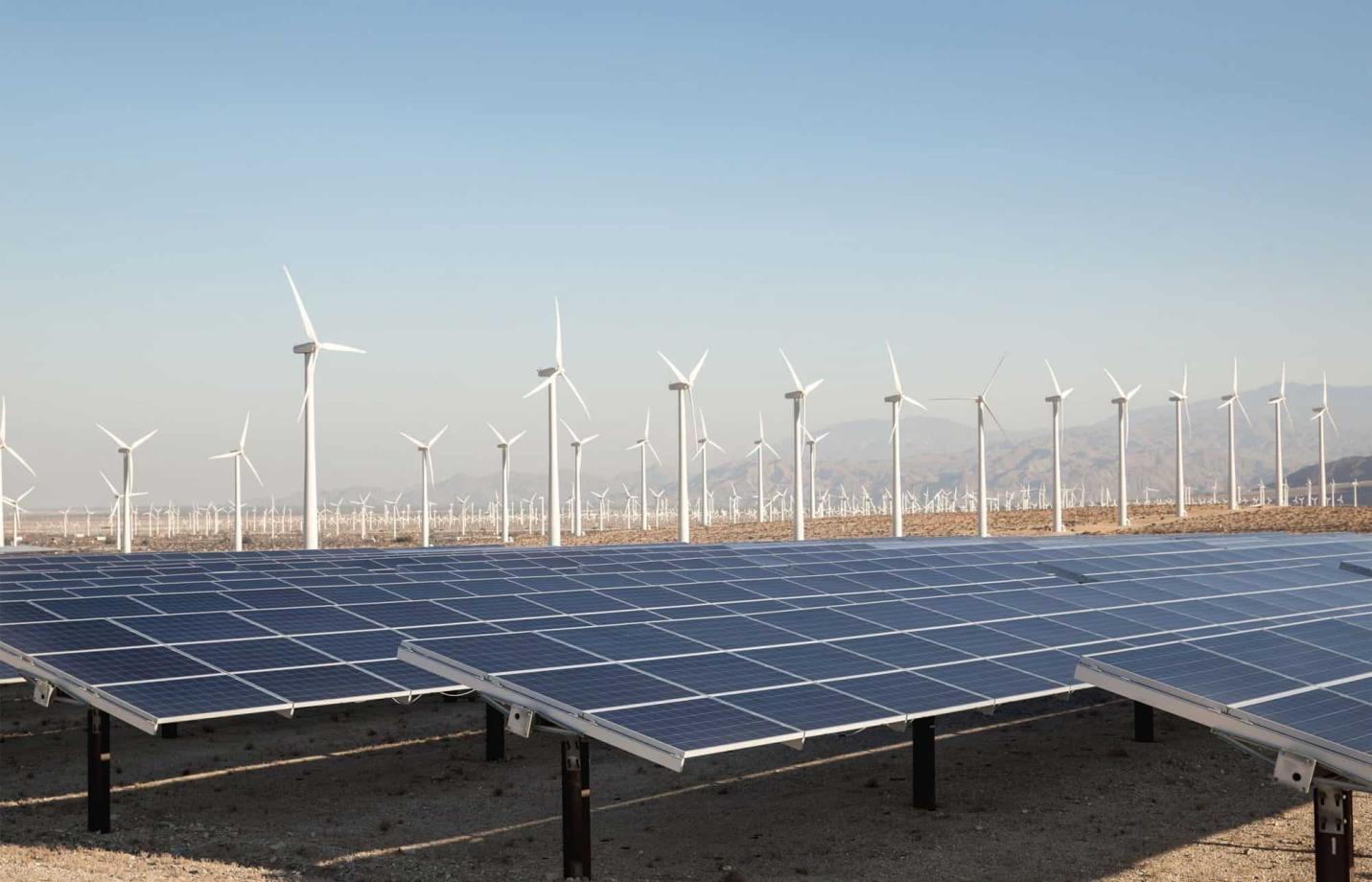How Can We Overcome the Intermittency and Variability of Renewable Energy Sources?
The increasing adoption of renewable energy sources, such as solar, wind, and hydropower, is crucial for mitigating climate change and transitioning to a sustainable energy future. However, these renewable sources are characterized by intermittency and variability, posing significant challenges to grid stability, reliability, and cost-effectiveness. This article explores the causes and impacts of intermittency and variability and discusses strategies to overcome these challenges.

Causes Of Intermittency And Variability
Solar Energy
- Fluctuations in solar irradiance due to weather conditions, such as cloud cover and atmospheric conditions.
- Day/night cycle, resulting in significant variations in solar power generation throughout the day.
Wind Energy
- Variations in wind speed and direction, influenced by weather patterns and geographical factors.
- Seasonal and geographical variations in wind availability.
Hydropower
- Seasonal changes in water availability, affected by precipitation patterns and droughts.
- Impact of droughts and floods on water levels and hydropower generation.
Geothermal Energy
- Variations in heat flow from the Earth's interior, influenced by geological and tectonic factors.
Impacts Of Intermittency And Variability
Grid Instability
- Fluctuating power output from renewable sources can lead to grid imbalances, causing voltage and frequency fluctuations.
- Increased risk of blackouts and brownouts due to sudden changes in renewable energy generation.
Increased Costs
- The need for backup power sources, such as fossil fuel-based generators, to compensate for fluctuations in renewable energy supply.
- Higher investment costs for grid infrastructure to accommodate the intermittent nature of renewable energy sources.
Environmental Concerns
- Increased reliance on fossil fuels for backup power can lead to higher greenhouse gas emissions.
- Potential for increased environmental impacts associated with the extraction and transportation of fossil fuels.
Strategies To Overcome Intermittency And Variability
Energy Storage
- Batteries: Lithium-ion, flow batteries, and other battery technologies can store excess renewable energy for later use.
- Pumped Hydro Storage: Using excess electricity to pump water uphill and releasing it through a turbine to generate electricity when needed.
- Compressed Air Energy Storage: Storing compressed air in underground caverns and releasing it to drive a turbine when needed.
Demand-Side Management
- Load Shifting: Moving energy consumption to times of high renewable energy production, such as using smart appliances and electric vehicles.
- Smart Grids: Enabling real-time monitoring and control of energy usage, allowing for better integration of renewable energy sources.
Grid Integration
- Interconnections: Connecting different regions with diverse renewable energy resources to balance supply and demand.
- Improved Transmission and Distribution Infrastructure: Upgrading grid infrastructure to facilitate the efficient transmission and distribution of renewable energy.
Technological Advancements
- Research and Development: Ongoing research and development efforts to improve the efficiency and reliability of renewable energy technologies.
- Innovations in Energy Storage and Grid Management Systems: Developing new energy storage technologies and grid management systems to better integrate renewable energy sources.
Overcoming the intermittency and variability of renewable energy sources is a critical challenge in the transition to a sustainable energy future. By implementing strategies such as energy storage, demand-side management, grid integration, and technological advancements, we can harness the full potential of renewable energy sources while ensuring grid stability, reliability, and cost-effectiveness. Continued efforts in these areas are essential for achieving a clean and sustainable energy future.
YesNo

Leave a Reply